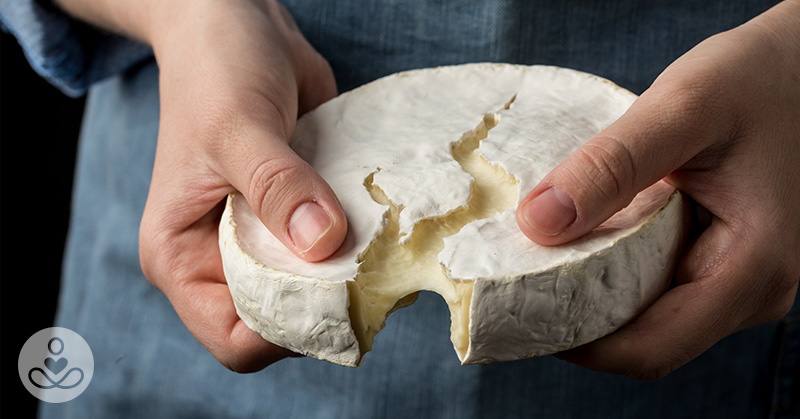As a former lover of cheese who associated with other lovers of cheese (my band and I once wrote a song called “Cheese Girl”), it might come as a shock that I’ve renounced conventional cheese altogether. Cheese has typically been considered bad because of its high saturated fat content. However, new research is suggesting that cheese—and saturated fat—doesn’t exactly harm heart health like we think it does[1].
But that’s not why I’ve stopped eating it. Turns out, I have a dairy intolerance, meaning my body reacts negatively to cow’s milk and any products made with cow’s milk. I’ve been dairy-free for six years now. However, lovers of cheese will be happy to know that calcium, protein, and vitamins make cheese not altogether bad in the diet. But it goes without saying that some cheeses are inherently bad for you—and with good reason. Here, we rank your (and some of my former) favorite cheeses from those that are considered healthy to those you’ll want to skip at the grocery store.
But First—Let’s Take a Moment to Talk about the Dairy Industry
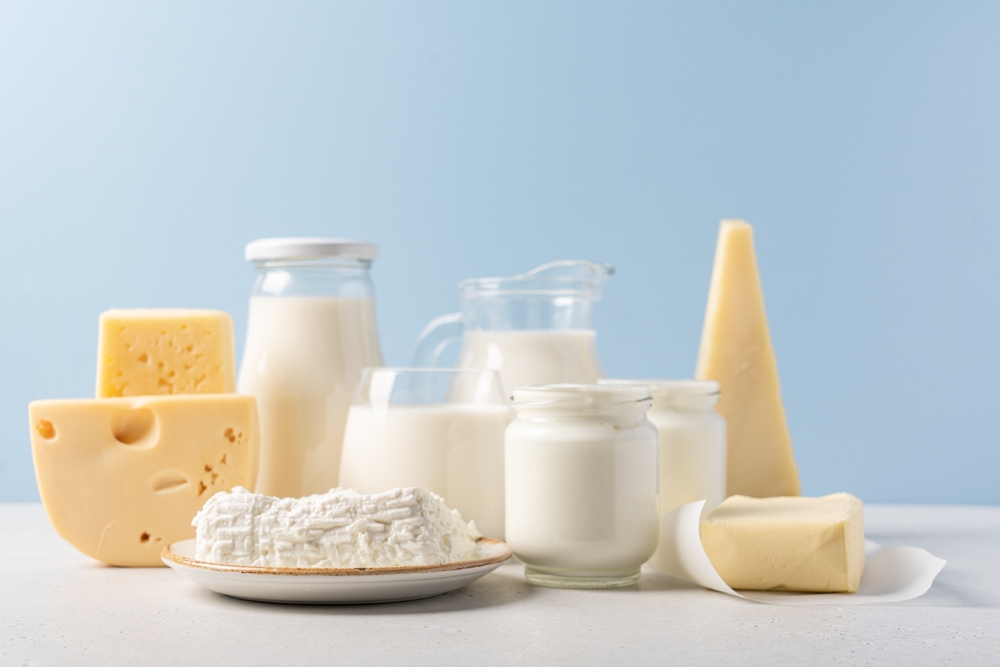
Unfortunately, cheese isn’t exactly an ethical choice of food, even if you are choosing organic or grass-fed. Cheese is made from milk, and to produce milk, cows, and goats need to be pregnant. What this means is that these animals are continuously impregnated and allowed to give birth—only to have their live young taken away immediately after birth so that the dairy industry can mechanically extract the mother cow’s milk and sell it to humans [2].
Is there any Ethical way around this?
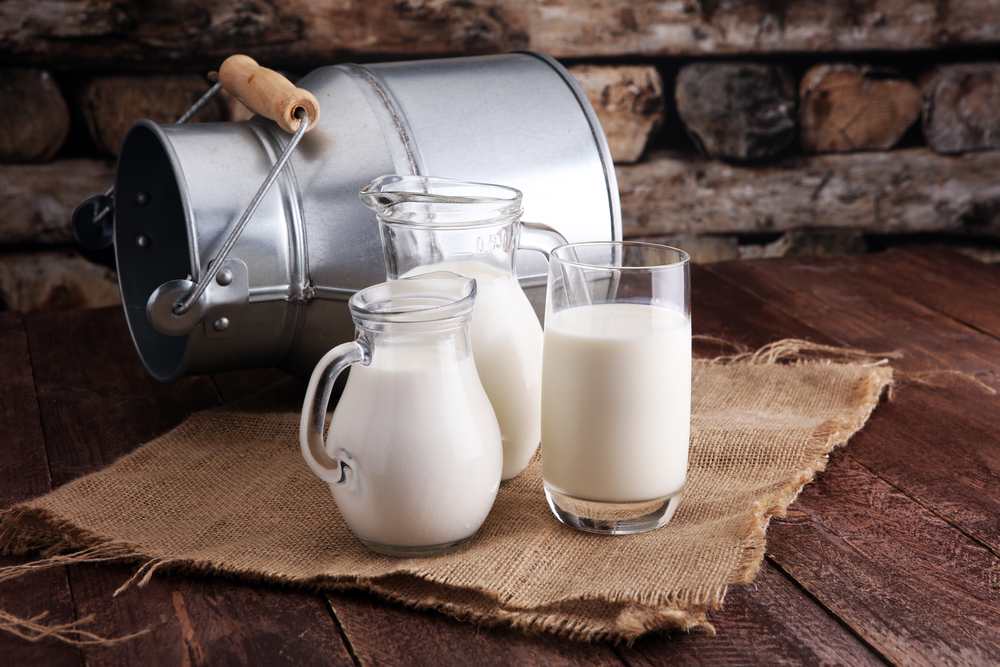
The fact is that to produce “real” cheese, we need cow’s milk, and to produce cow’s milk, these animals have to be pregnant. There are farmers who are exploring ways of harvesting milk while still keeping mom and baby together (also called the “cow and calf method” or “calf at foot” system), which allows calves to continue drinking their mother’s milk while the farm still milks the cows once a day to make cheese and milk for people.
However, it’s important to note that these methods of harvesting dairy are new, and these ethical farms are few and far between – an estimated 400 exist throughout Europe and Australia [4]. And let’s not forget, that dairy cows also contribute to greenhouse gas emissions, which can accelerate global warming [5]. Unfortunately, compared to other animal products cheese is the second worst offender (next to beef) when it comes to its carbon footprint [6].
Read More: Wine and Cheese May Help Reduce Cognitive Decline
5 Types of Cheeses, Ranked
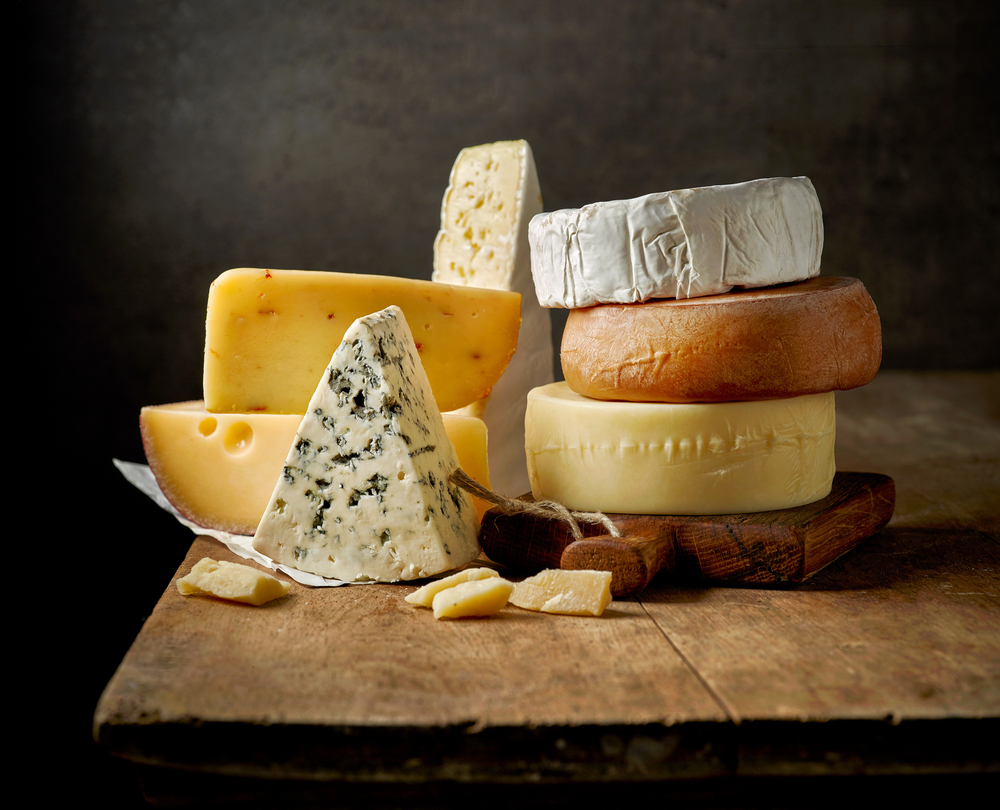
Now that you know where your cheese comes from, here are a few categories of cheeses ranked for you from healthiest to do-not-touch.
Goat, Feta, Mozzarella, Ricotta, and Cottage Cheese
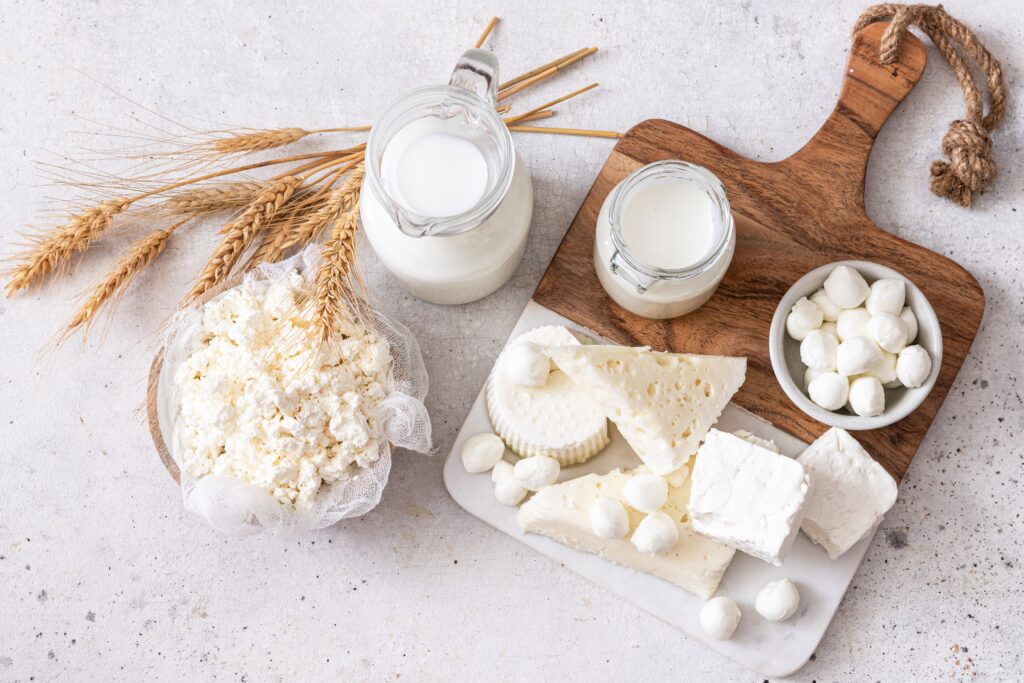
Higher in protein and lower in calories, these fresh cheeses are considered to be the healthiest for you. All of these cheeses have a reasonable shelf life, meaning there’s less of a chance that they contain preservatives that could be unhealthy for you. Always read the label when purchasing these cheeses to ensure they aren’t sweetened with sugar or contain other types of added flavorings or ingredients that aren’t necessary.
Cheddar, Swiss, and Parmesan
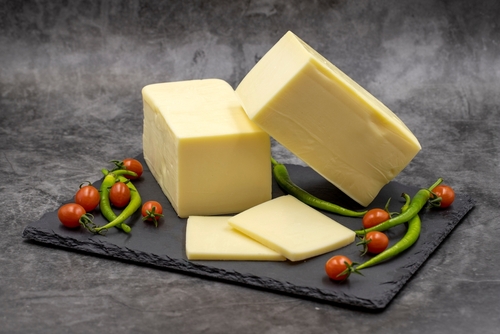
These are harder cheeses that have a bold flavor and a longer shelf life than their counterparts. These cheeses usually have more calcium and less fat, although they do contain more salt.
If you are lactose intolerant, hard cheeses like parmesan, swiss, and cheddar may be an option to consider. They are naturally lower in lactose, however, if you are severely intolerant, you may still need to avoid or take a lactase pill before consuming. Dietitians note that the bold flavor of these cheeses causes people to use less in a dish, which is an overall good thing.
Blue Cheese
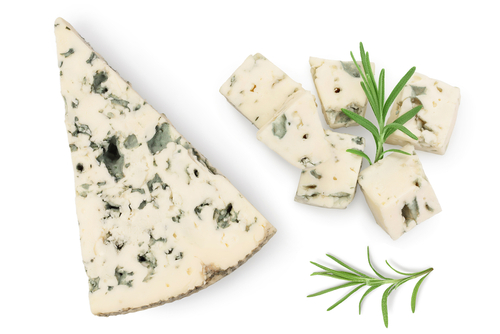
I’m not a fan of blue cheese, although I did enjoy gorgonzola on occasion (I’m a “likes ketchup but not tomatoes” person). Blue cheese has a distinctive taste, and includes gorgonzola, and can be soft or hard. While blue cheese tends to be high in calories and fat, it also has one of the highest calcium contents, and its unique flavor means you won’t need to eat as much of it.
Brie
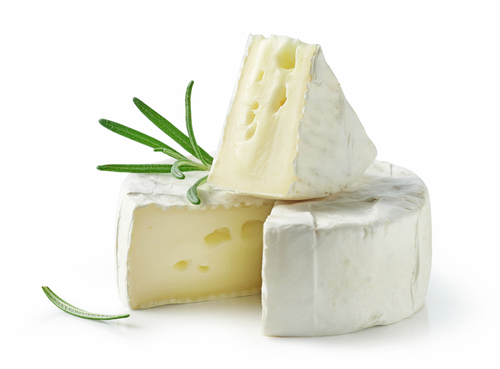
Brie and other soft cheeses have a firm exterior and creamy interior. They’re rich in flavor but high in saturated fat, which could give some people pause when choosing this particular variety. Typically, the softer the cheese is, the higher the fat, so exercise caution when eating this cheese!
Processed Cheeses
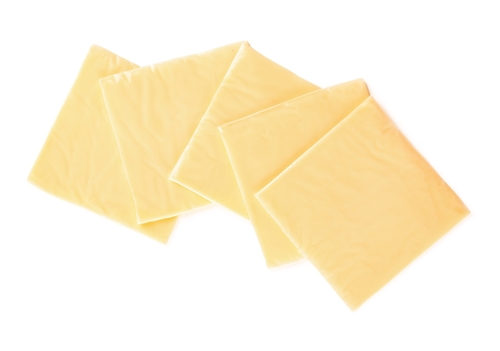
I know you saw this one coming from a mile away. Anyone who grew up in America in the last 100 years knows what this orange square wrapped in plastic is. However, American cheese isn’t the only processed cheese that’s unhealthy for you. These cheeses also include shredded cheeses, sweetened cottage cheese, and the liquid cheese that’s put on top of nachos and other processed food items (think cheese in a squirt can).
This cheese is so processed and full of chemicals that it’s hard to argue if it’s even really cheese. Heavily ‘ultra-processed’ foods like these cheeses have been shown to cause overeating and weight gain [8]. This in turn could contribute to long-term ill-health and chronic disease.
Read More: The Type Of Cheese That Has More Protein Than Cooked Meat And Fish
Other Tips for Choosing Healthier Cheese
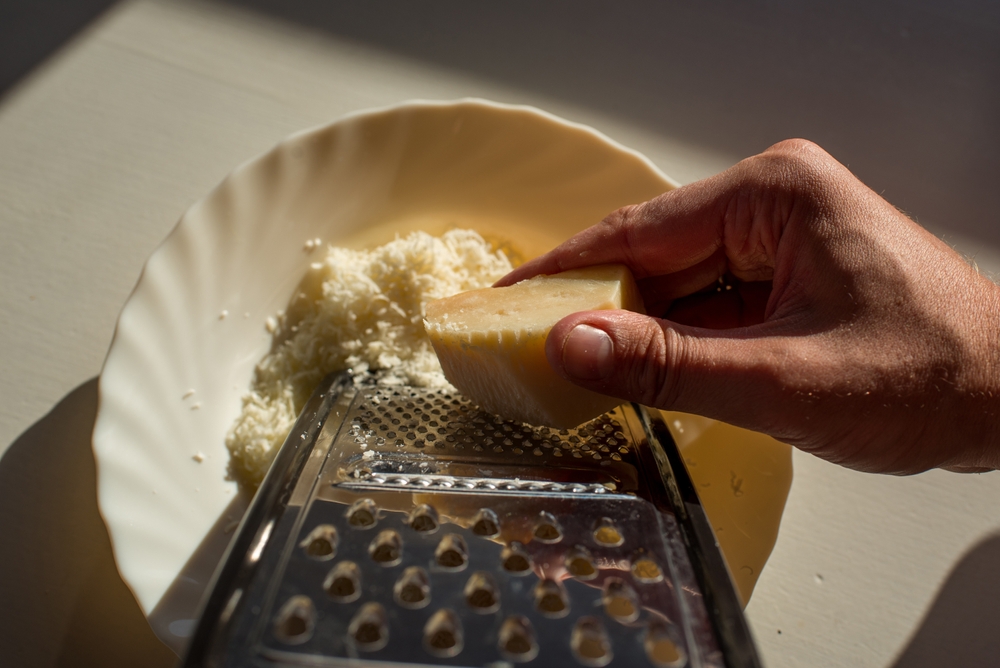
Go for full-fat. Dietitians recommend going with full-fat cheese—but why? When the fat is processed out, the food is less likely to keep you full [9]. Full-fat dairy also contains vitamin D, vitamin K, and calcium, which all happen to be beneficial components for teeth [10], [11].
Check the label. You’ll also want to look at the label. You want there to be as few ingredients as possible in your cheese, and avoid emulsifiers, thickeners, and acids, which may just be there to make up for the lost flavor of processing.
Listen to your body. If you’re suffering from acne, irritable bowel syndrome, Crohn’s disease, or arthritis, or are at risk for breast and prostate cancers, it might be a good idea to minimize or eliminate your dairy consumption for your health [12], [13], [14], [15].
Are ethically produced cheeses available? The cow and calf method we discussed earlier appears to be gaining some ground, but it’s overall a new method and it could be some time before we see these types of practices available for modern cheese production around the world. In the meantime, be conscious of your choices!
Read More: 6 Reasons Why You Should Eat More Feta Cheese
